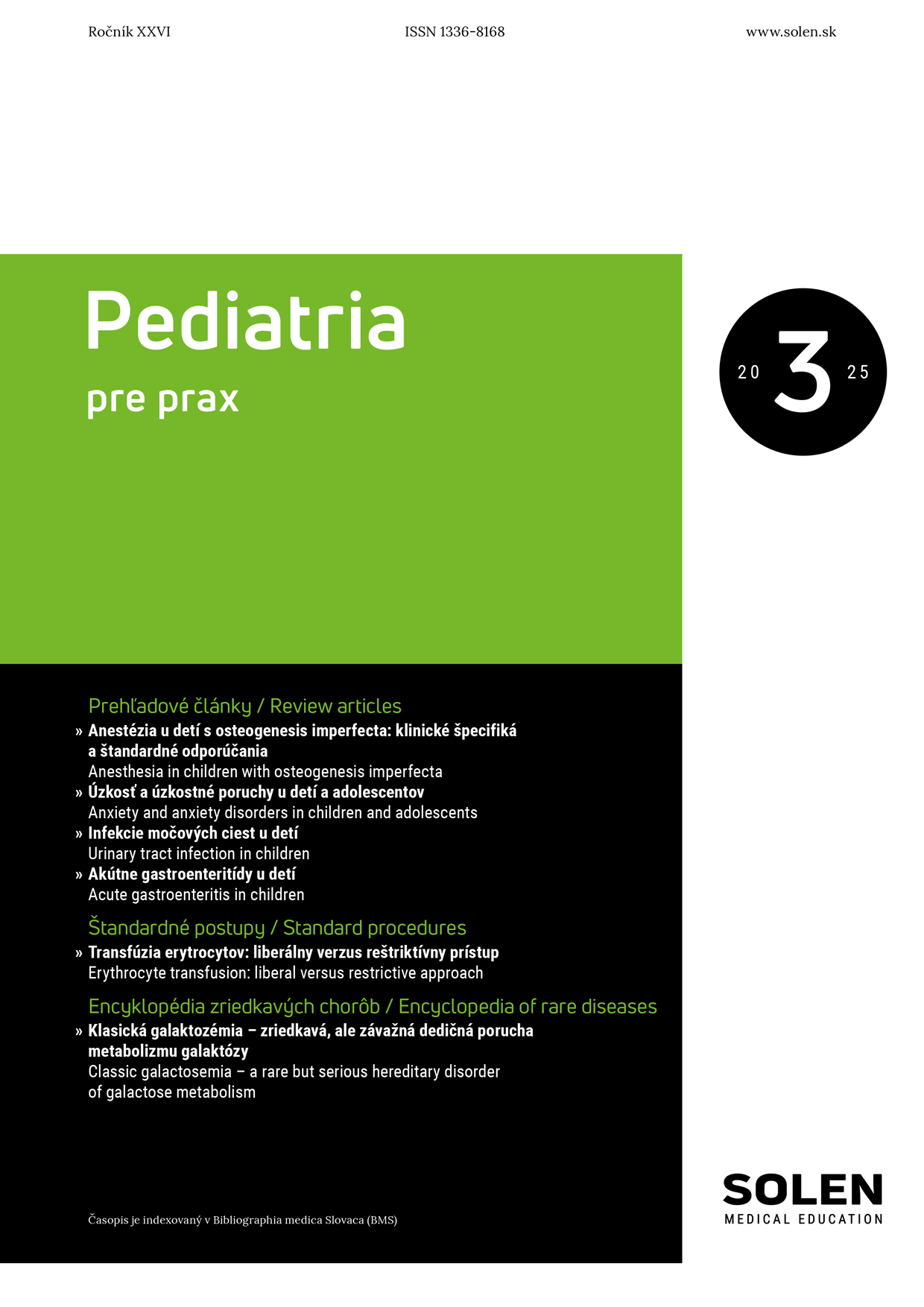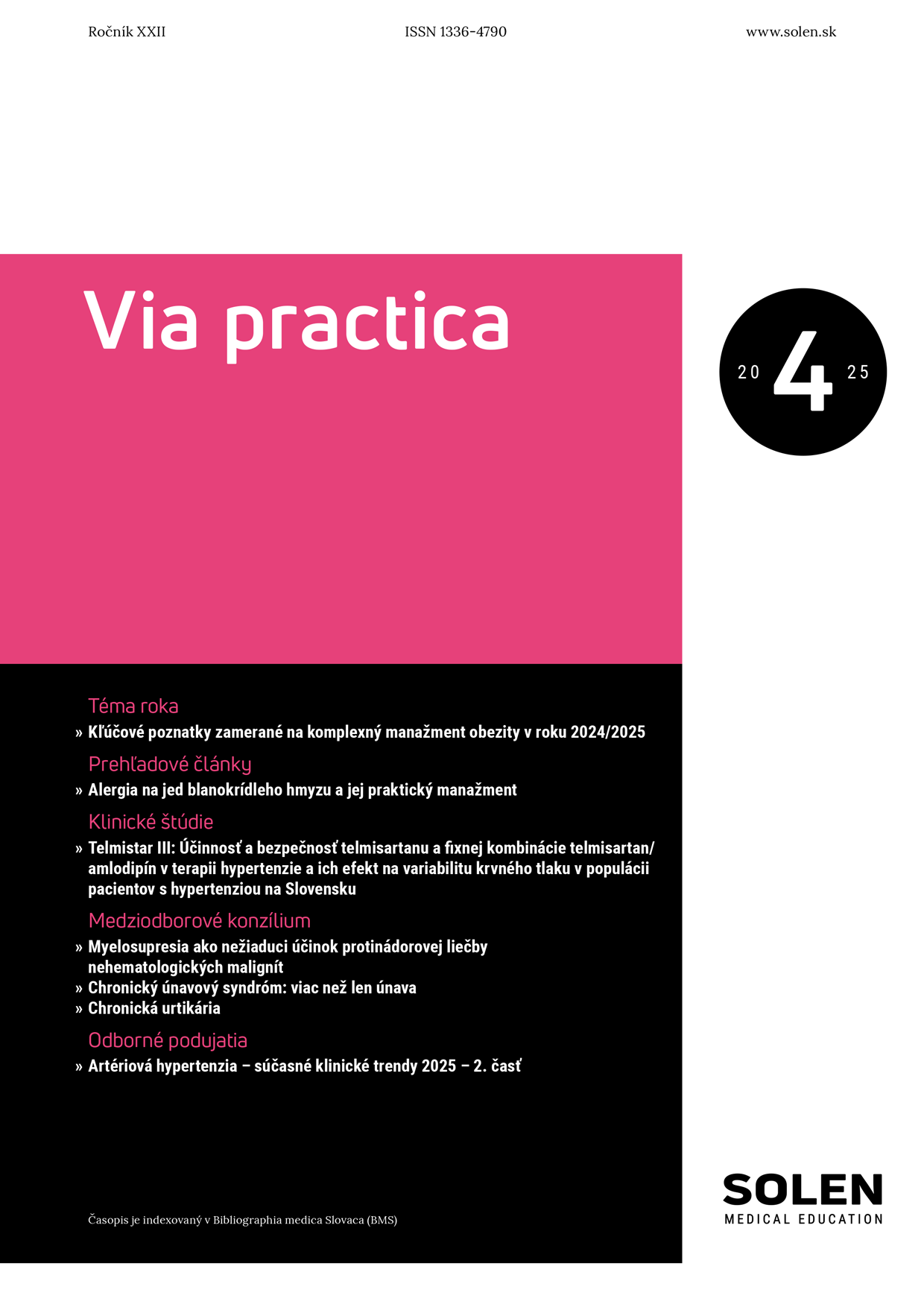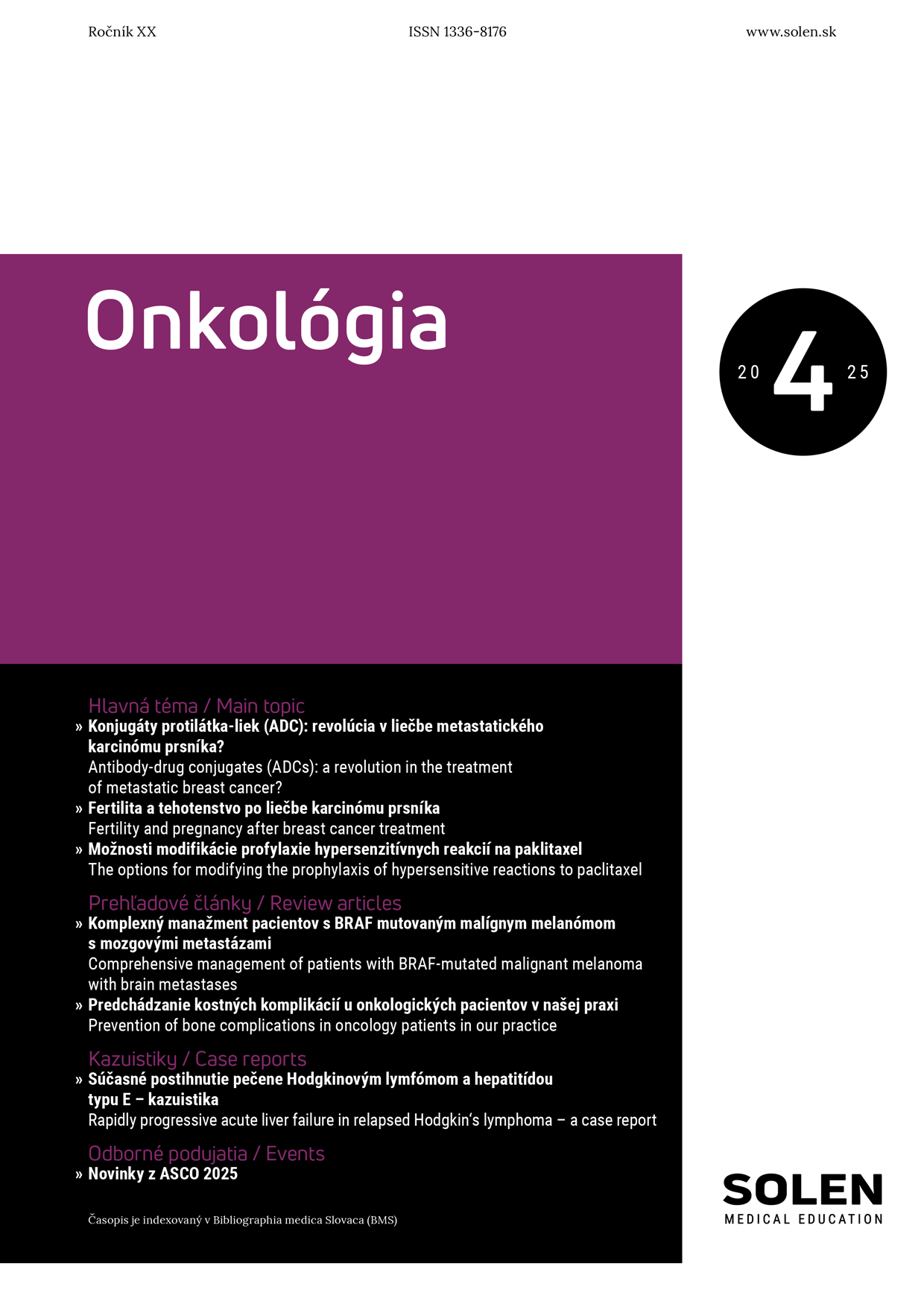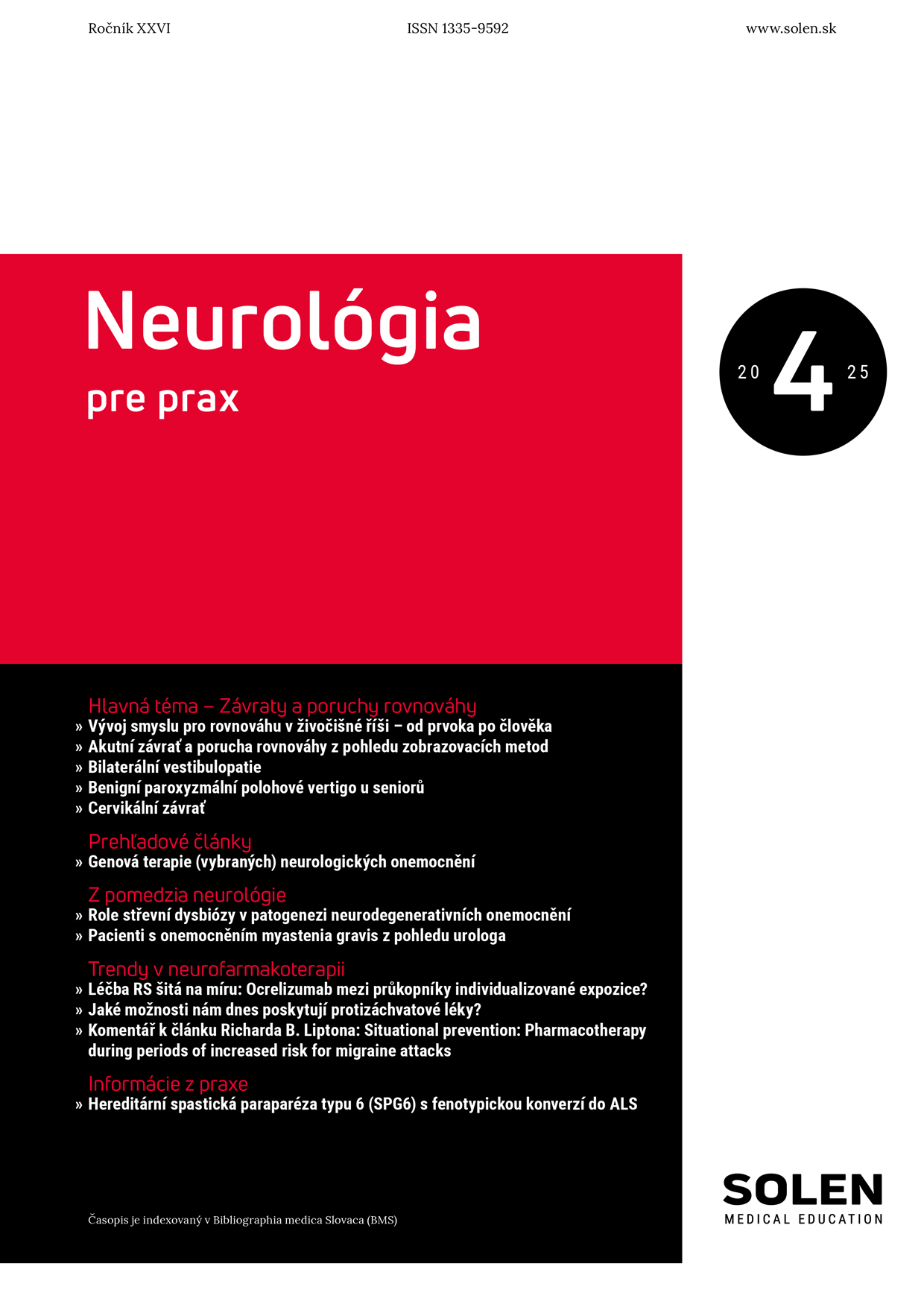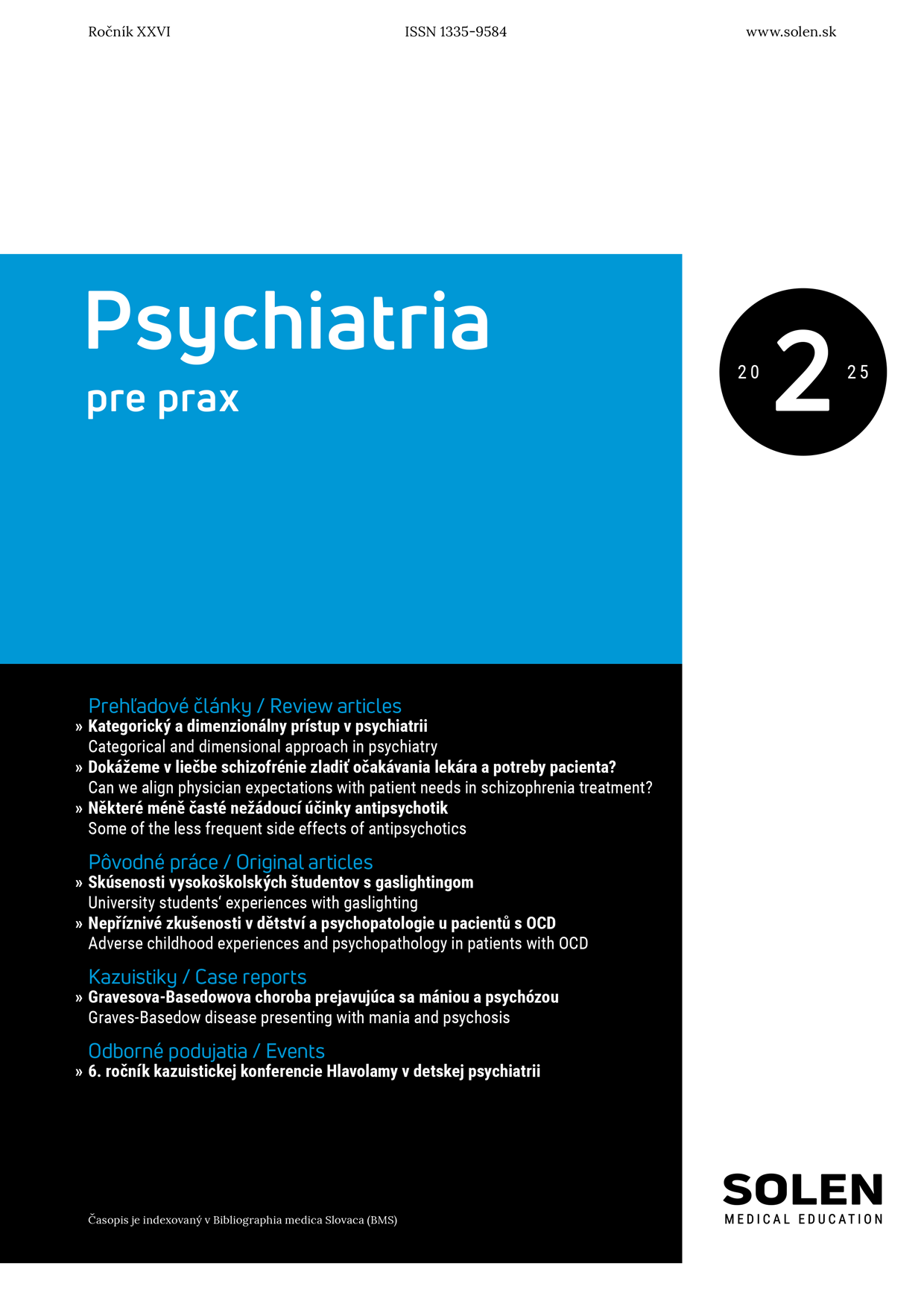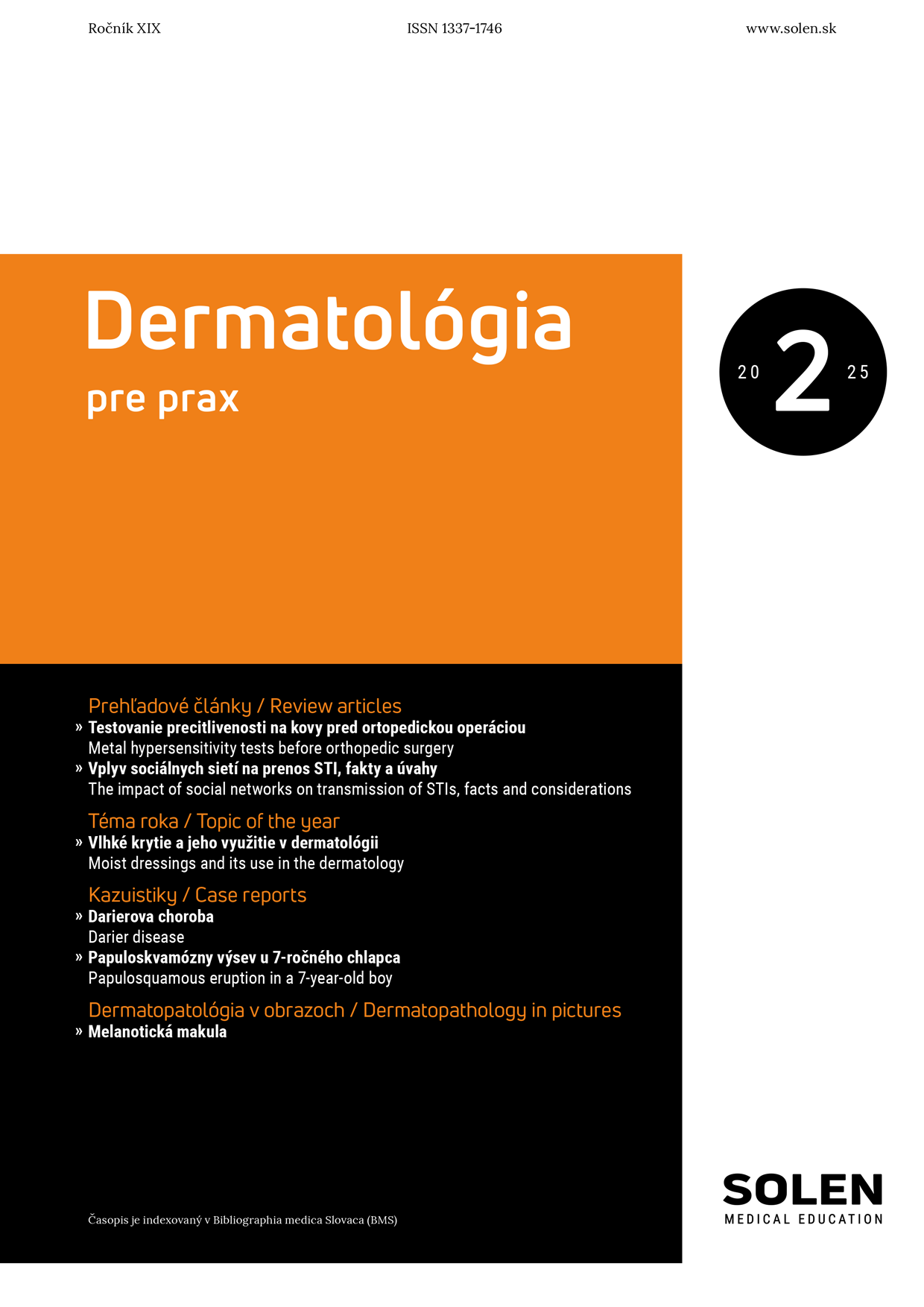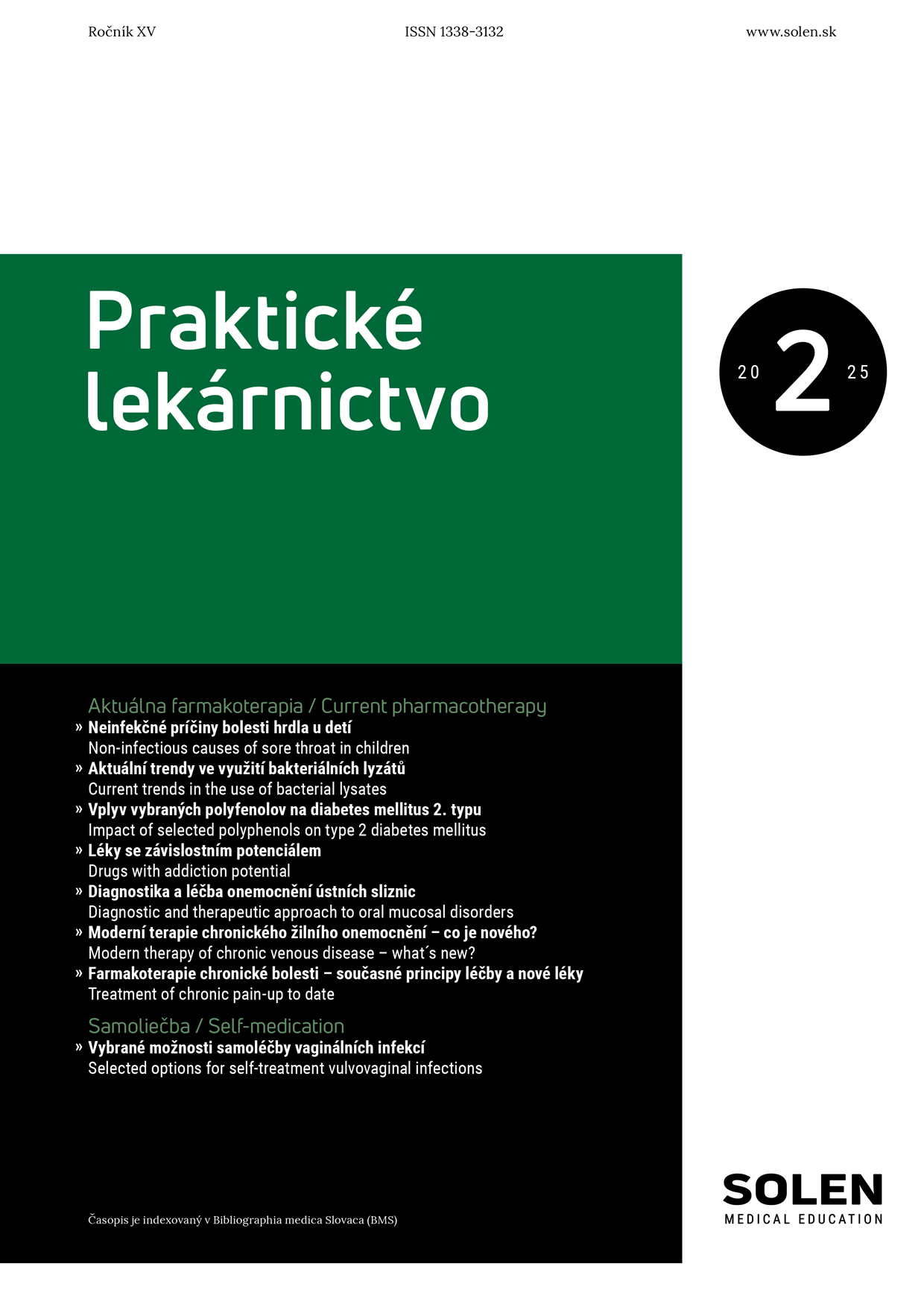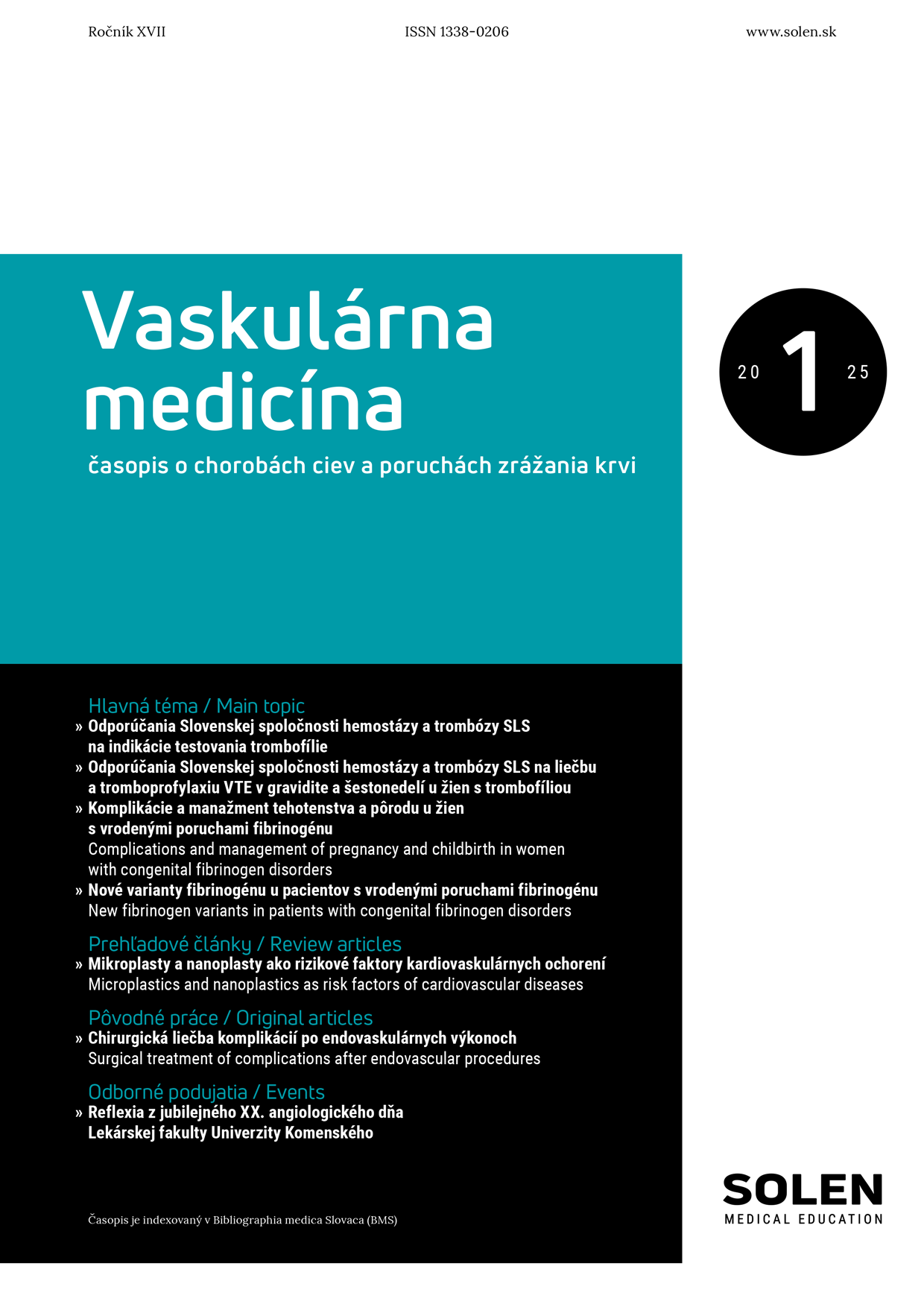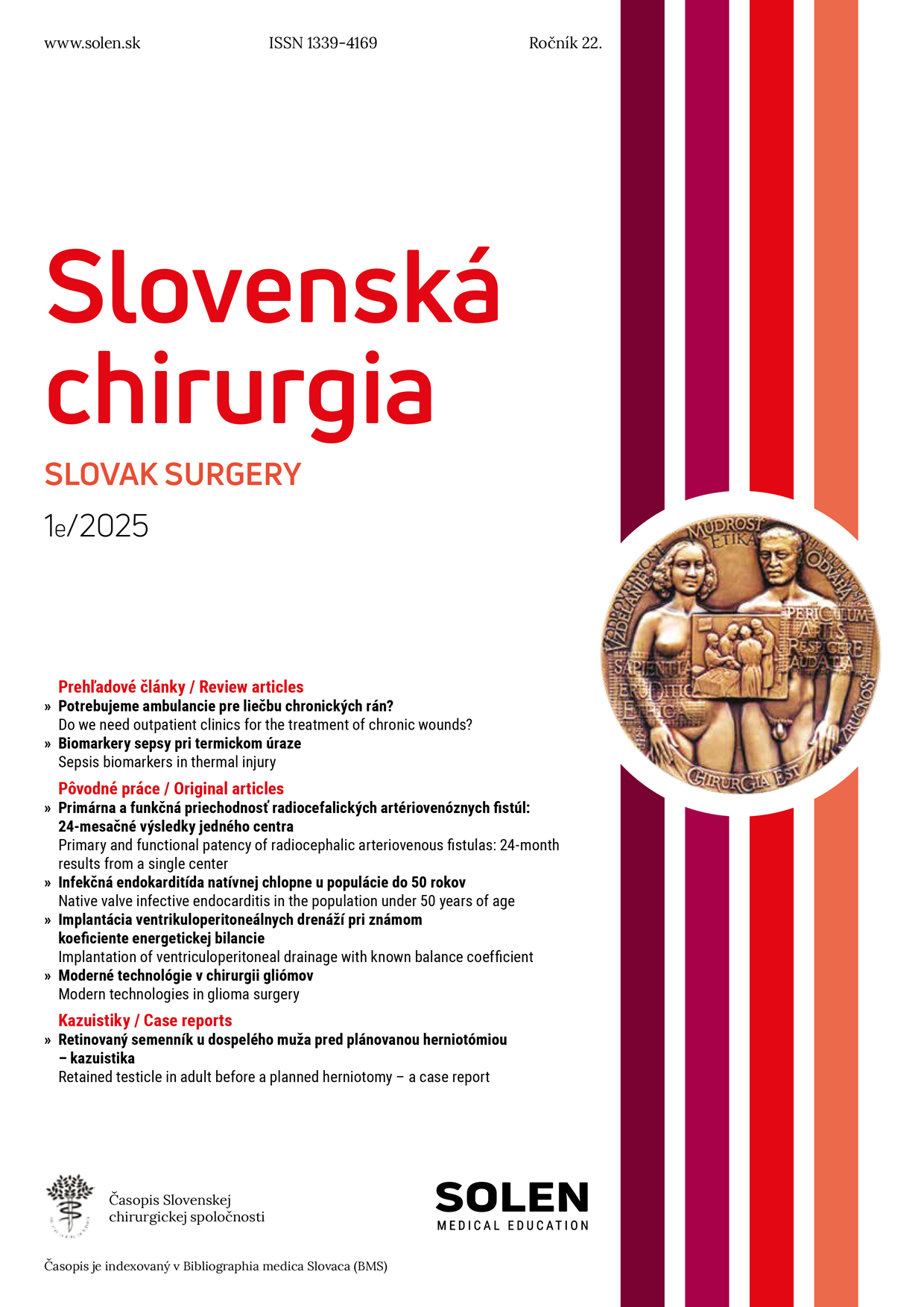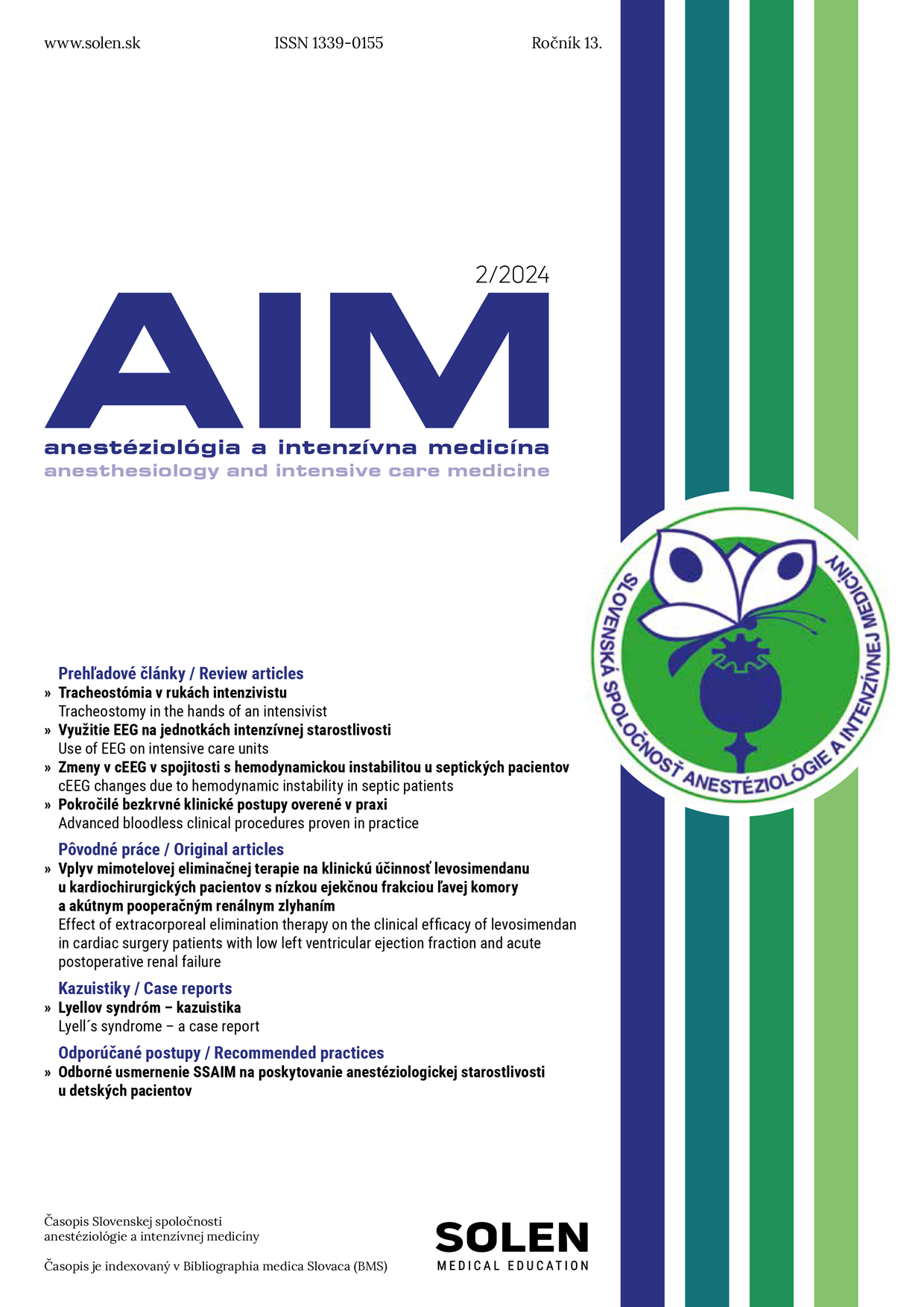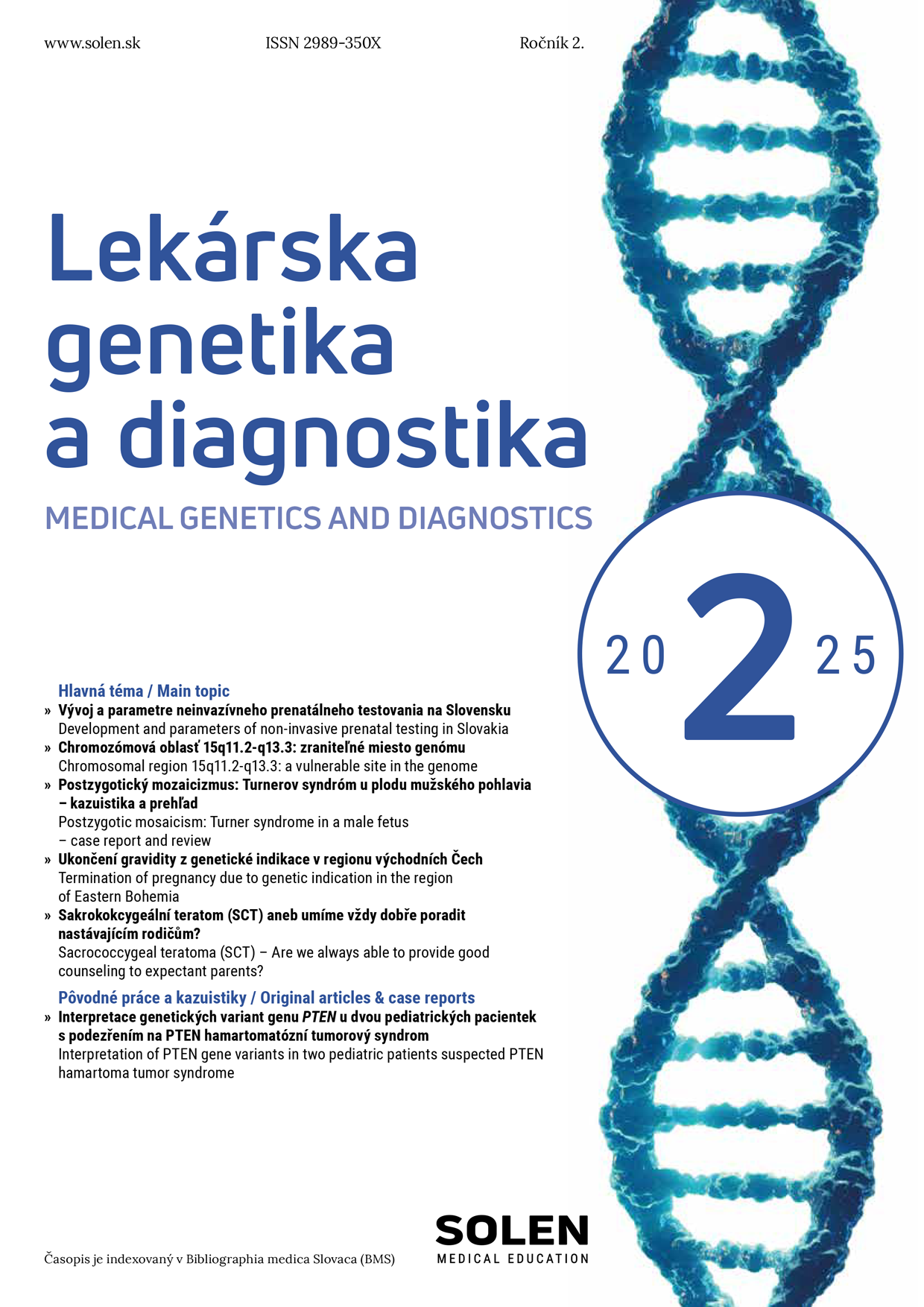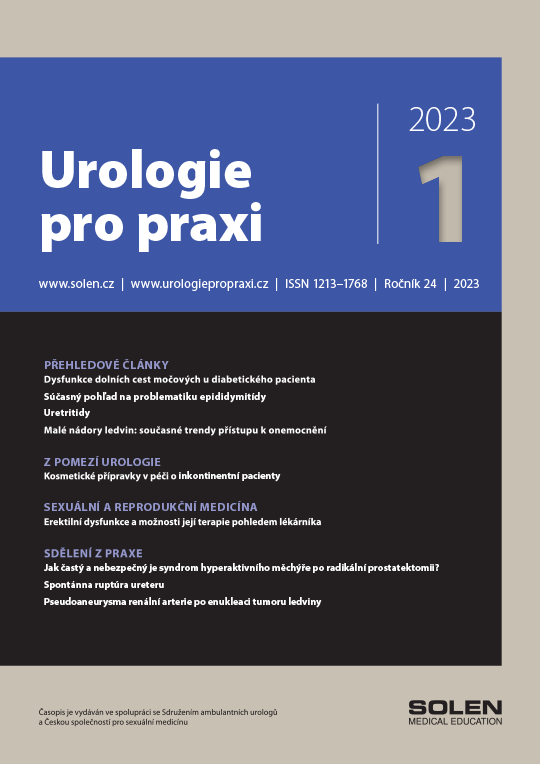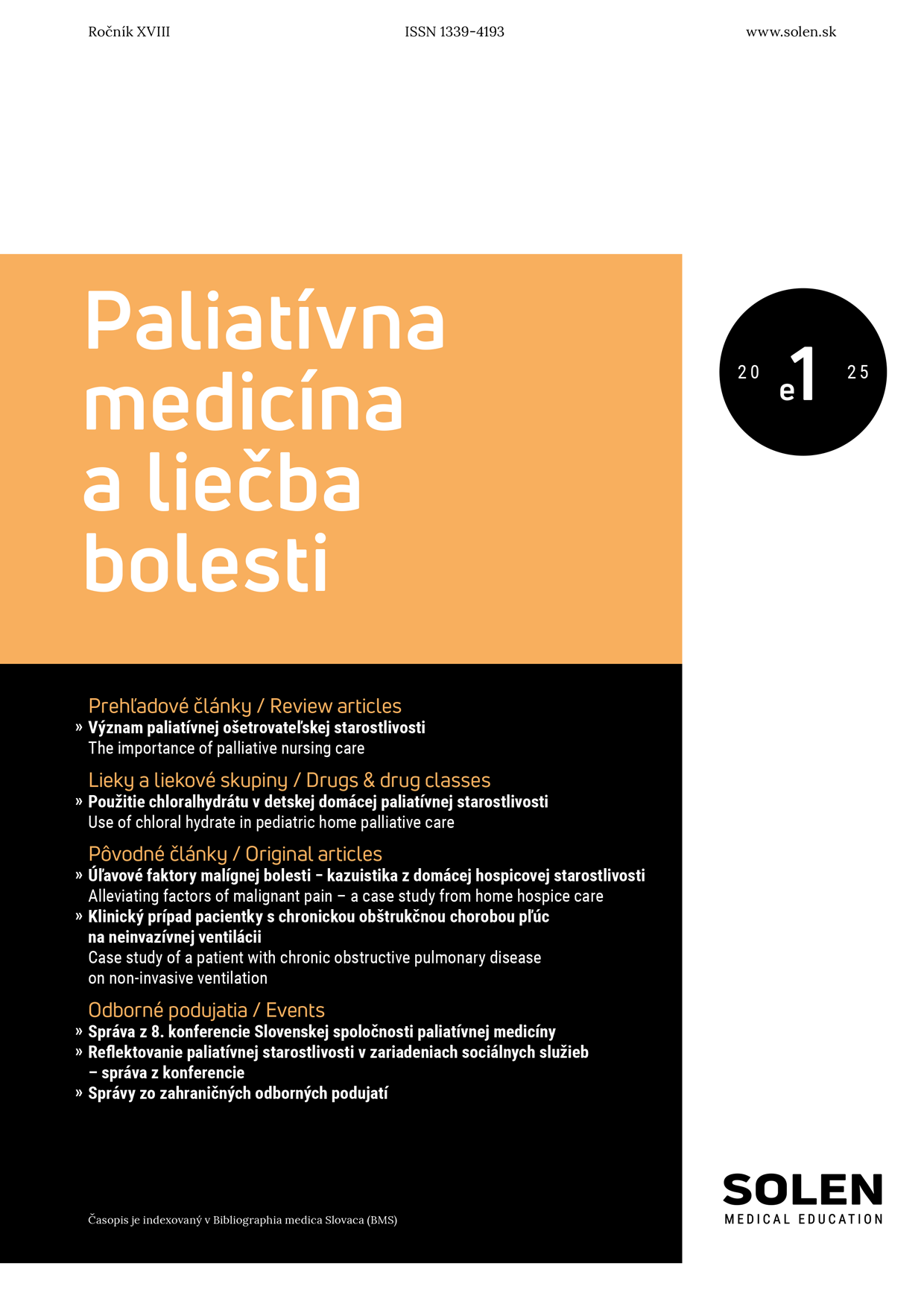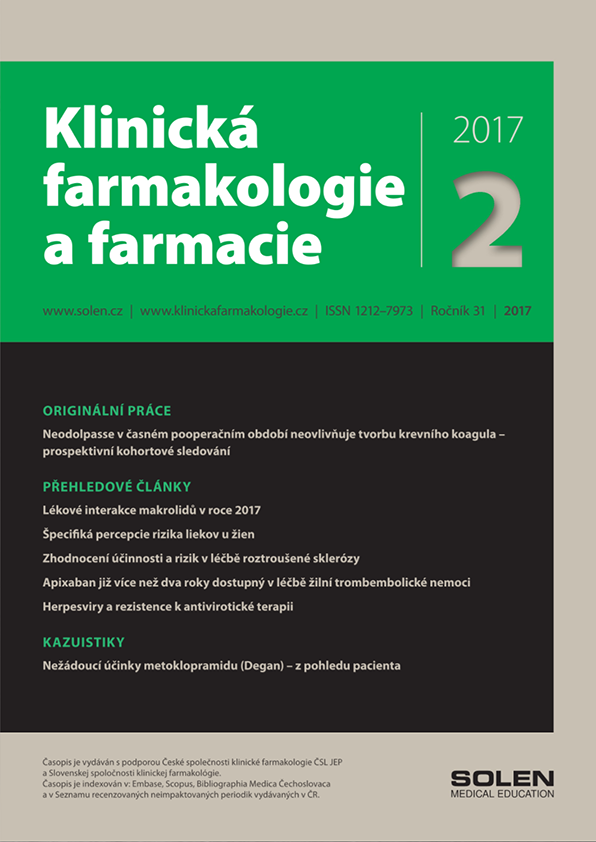Pediatria pre prax 1/2024
Závažná invazívna infekcia pyogénnym streptokokom asociovaná s varicelou
MUDr. Mgr. Eva Dická, MUDr. Michaela Farkašová, MUDr. Zlatica Pavlovičová, prof. MUDr. Ľudmila Podracká, CSc.
Ovčie kiahne a streptokoková angína patria medzi bežné detské infekčné ochorenia. V prevažnej väčšine prípadov tieto ochorenia prebiehajú bez vážnejších medicínskych komplikácií. Avšak v ostatných dvoch rokoch naprieč Európou došlo k signifikantnému nárastu závažne prebiehajúcich invazívnych infekcií vyvolaných Streptococcus pyogenes (Group A Streptococcus – GAS) s prechodom do invazívnych foriem ochorenia (iGAS), ktoré boli v koincidencii najmä s prebiehajúcou varicelou či inými vírusovými ochoreniami. V kazuistike prezentujeme klinický prípad 7-ročného imunokompetentného chlapca s varicelou, u ktorého došlo na 4. deň ochorenia k rozvoju invazívnej streptokokovej infekcie (iGAS). Varicela bola komplikovaná flegmónou na rôznych častiach tela a obojstrannou bronchopneumóniou s fluidotoraxom s respiračným zlyhaním. V hemokultúre sa vykultivoval Streptoccocus pyogenes. Na kombinovanej antibiotickej liečbe (kryštalický penicilín G + klindamycín) a antivírusovej liečbe sa zlepšil klinický stav a klesli zápalové parametre. V priebehu ďalších dní došlo k opätovnému vzostupu horúčky a rozvoju flegmonóznej fasciitídy s myozitídou. CT hrudníka potvrdilo akútnu mediastinitídu. Chlapec vyžadoval ešte tri týždne intravenóznu antibiotickú liečbu vysokodávkovým kryštalickým penicilínom G a ciprofloxacínom. Po prepustení z nemocnice užíval dva týždne penicilín v perorálnej forme. Na tejto liečbe sa klinický, laboratórny aj CT nález kompletne upravil. Prezentovanou kazuistikou chceme apelovať na pediatrov, aby boli ostražití a pri charakteristických klinických indíciách vždy mysleli na asociáciu bežného detského ochorenia s infekciou pyogénnym streptokokom. Kontrolné zobrazovacie vyšetrenie a podrobná anamnéza nás priviedli k závažnej diagnóze s vysokou letalitou. Klinické skúsenosti ukazujú, že bakteriálne kmene citlivé in vitro nemusia byť dostatočné citlivé in vivo, pri prudkom zhoršení klinického stavu u dieťaťa s varicelou je nutné zvážiť potenciálny rozvoj GAS, prípadne iGAS ochorenia.
Kľúčové slová: Streptococcus pyogenes, invazívne streptokokové ochorenie, iGAS, varicela
Severe invasive pyogenic streptococcal infection associated with varicella
Chickenpox and streptococcal tonsillitis are among the common childhood infectious diseases. In the vast majority of cases, these diseases progress without serious medical complications. However, in the last two years across Europe there has been a significant increase in severe invasive infections caused by Streptococcus pyogenes (Group A Streptococcus – GAS) with a transition to invasive forms of the disease (iGAS), mainly coinciding with ongoing varicella or other viral illnesses. In this case report, we present the clinical case of a 7-year-old immunocompetent boy with varicella who developed invasive streptococcal infection (iGAS) on day 4 of illness. Varicella was complicated by phlegmon on various parts of the body and bilateral bronchopneumonia with fluidothorax with respiratory failure. Streptoccocus pyogenes was cultured in the hemoculture. On combined antibiotic therapy (crystalloid penicillin G + clindamycin) and antiviral therapy, clinical status improved and inflammatory parameters decreased. Over the next few days, there was a reappearance of fever and development of phlegmonous fasciitis with myositis. Chest CT confirmed acute mediastinitis. The boy required intravenous antibiotic treatment with high-dose crystalloid penicillin G and ciprofloxacin for 3 more weeks. After discharge from the hospital, he was still taking oral penicillin for 2 weeks. On this treatment, the clinical, laboratory and CT findings were completely corrected. With the presented case report, we would like to appeal to paediatricians to be vigilant and to always think about the association of a common childhood disease with pyogenic streptococcus infection when characteristic clinical indications are present. Surveillance imaging and a detailed history led us to a serious diagnosis, with high lethality. Clinical experience shows that bacterial strains sensitive in vitro may not be sensitive enough in vivo; when the clinical condition of a child with varicella deteriorates rapidly, the potential development of GAS or iGAS disease must be considered.
Keywords: Streptococcus pyogenes, invasive streptococcal infections, iGAS, varicella


